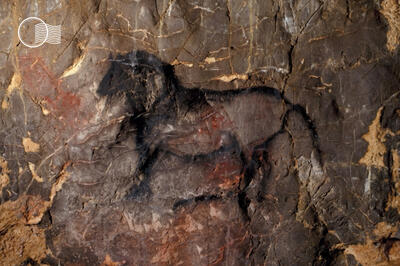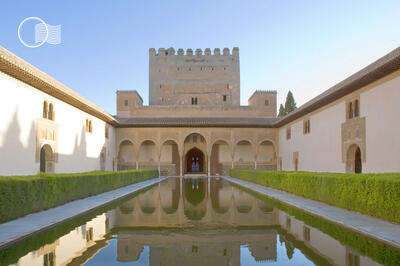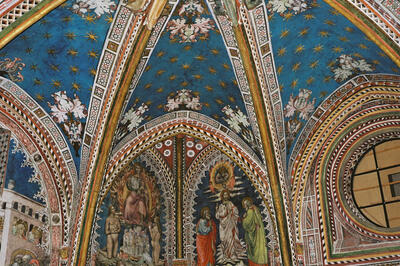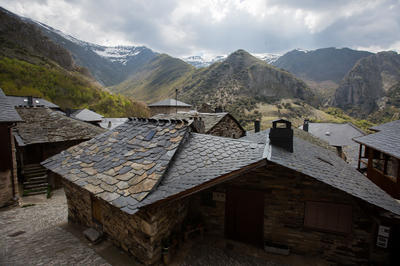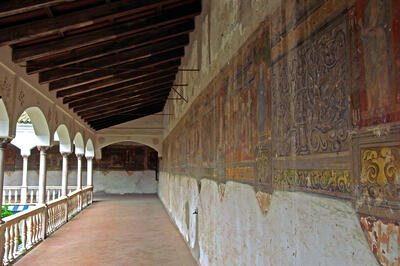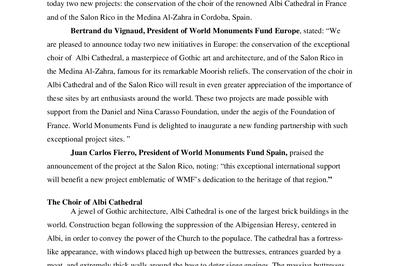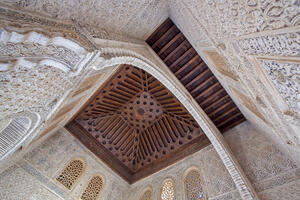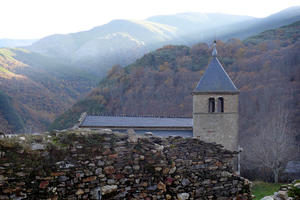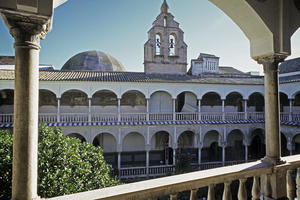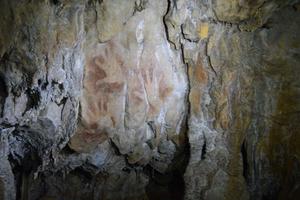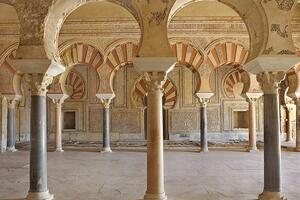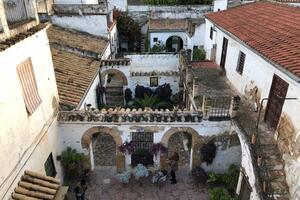Spain
Established in 1992, WMF Spain serves as a local representative for WMF, assisting with project management and outreach.
In October 1979, El País, one of Spain’s most influential newspapers, reported World Monuments Fund’s first involvement in the country. Then known as the International Fund for Monuments (IFM) and represented by Colonel James A. Gray, WMF committed $10,000 toward the restoration of seven 15th-century choir chairs in the Oviedo Cathedral. Three years later, the same newspaper reported on the inauguration of 28 of the historic choir chairs, all restored by WMF.
Colonel Gray visited Spain multiple times in the following years, collaborating with Franklin Murphy and Marilyn Perry from the Kress Foundation to develop projects at the Toledo Cathedral and supporting the Salas family’s restoration of the Convento de la Coria in Trujillo. Eventually, World Monuments Fund established the European Preservation Program, and projects were implemented across Spain, such as the restoration of the temple, gardens, and cloister of the Royal Monastery of Guadalupe in the Villuercas Mountains of southwestern central Spain.
The official establishment of WMF Spain in 1992 led to collaborations with both local and international companies, as well as Spanish governmental institutions, to restore numerous monuments throughout Spain, such as the Santa Maria la Mayor in Toro, the Roman Theater in Málaga, and Santa Cueva in Cádiz.
Important restoration projects have continued to develop thanks to support from the Robert W. Wilson Challenge to Conserve Our Heritage Program and American Express, the most recent being the Courtyard Houses of Axerquía, which were included on the 2020 World Monuments Watch.
As WMF Spain’s work continues with the precautions necessitated by the ongoing pandemic, 2021 will bring exciting new projects, such as the restoration of original paintings at the Church of Santiago de Peñalba, a unique example of 10th-century architecture in El Bierzo, León. Reviving these paintings will support tourism in this quiet region of rural Spain.
WMF Spain Board of Directors
- Juan Carlos Fierro Jiménez-Lopera, President
- Borja Prado, Vice President
- Marco Bolognini, Secretary
- Claudio Aguirre
- Javier Benjumea
- Bénédicte de Montlaur
- Rafael del Pino Calvo Sotelo
- Lorna Goodman, ex-officio
- Stuart Weitzman
- Juan Carlos Zurita

